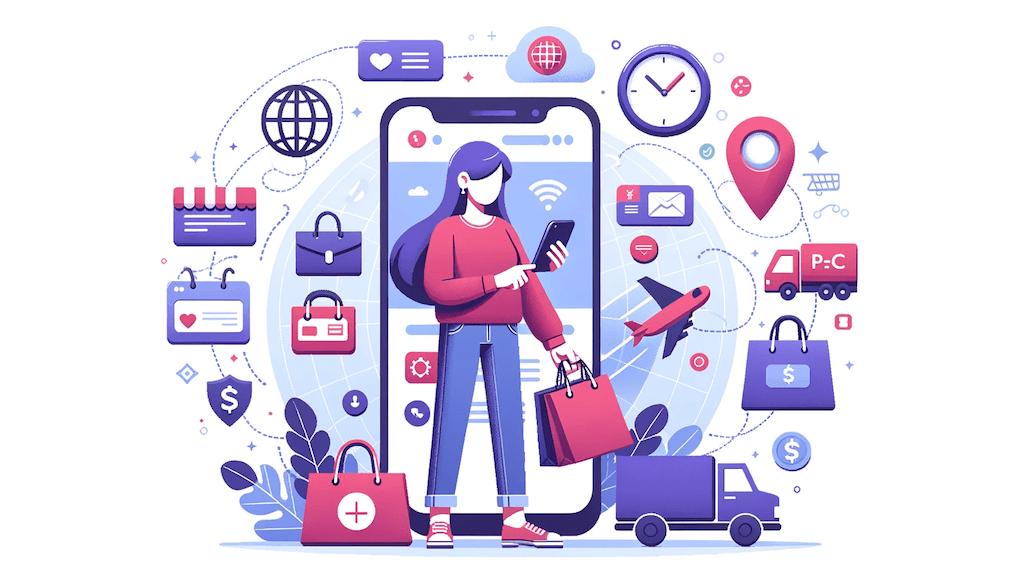Create your m-commerce application to revolutionize your business. Discover the key steps, essential technologies and tips for building customer loyalty today.
An application m-commerce is becoming an essential tool for any company seeking to stand out from the crowd. But why all the hype? An m-commerce application simplifies shopping, attracts new customers and retains old ones by offering them a fluid, fast and secure experience. In this article, find out how to create a high-performance m-commerce application tailored to your needs, and why it can turn your business into a success story.

Choosing the right platform for your m-commerce application
Your options
Creating an m-commerce application starts with choosing the right development platform: iOS, Android or both? While Android dominates thanks to its broad coverage, iOS stands out thanks to its premium, loyal customer base. A thorough analysis of your target audience will help you choose between these two ecosystems, or opt for a hybrid solution.
Advantages and disadvantages
Each platform has its own specificities. Android offers greater accessibility thanks to an often lower development cost, but device fragmentation can pose challenges. iOS, on the other hand, guarantees better security and a refined user experience, but with potentially higher costs.
The essential features of an m-commerce application
Safety first
A high-performance m-commerce application must inspire confidence. Integrating secure payment solutions, such as Stripe or PayPal, is essential. Protecting customer data via advanced encryption is also a priority to meet user expectations and regulations such as the RGPD.
An intuitive user experience
Fluid navigation, efficient search filters and an ergonomic interface are the cornerstones of a successful m-commerce application. For example, users must be able to move effortlessly from one category to another, quickly find the product they're looking for, and complete their purchase with just a few clicks.
Integrating the latest technologies
Augmented reality to seduce
Imagine allowing your customers to try on clothes or view furniture directly from their smartphone. This technology can dramatically increase your conversions while setting you apart from the competition.
Chatbots: 24/7 support
Automated yet efficient customer service - that's the promise of chatbots. Answering frequently asked questions or suggesting products, they improve the user experience while reducing your costs.
Promote and optimize your m-commerce application
Maximize visibility on blinds
An SEO-optimized description, relevant keywords and attractive screenshots are your best weapons for attracting users' attention in a crowded app world.
Capitalize on social networks
Create engaging content and harness the power of influencers to spread the word about your app. Influencers, with their dedicated audience, can accelerate the success of your launch.
Continuous improvement
Analyze your application's performance with tools like Google Analytics. Whether it's abandonment rates or little-used features, every piece of data is valuable in optimizing your application.
Our opinion
Creating an m-commerce application is a strategic investment. Not only will it enable you to meet the needs of a demanding clientele, it will also boost your revenues and reinforce your brand image. So, are you ready to embark on the m-commerce adventure?
Numerous references from prestigious customers, supermarkets, ready-to-wear, major retailers, festivals, photographers, production companies, etc.
You can contact us by email, and a project manager will get in touch with you!
